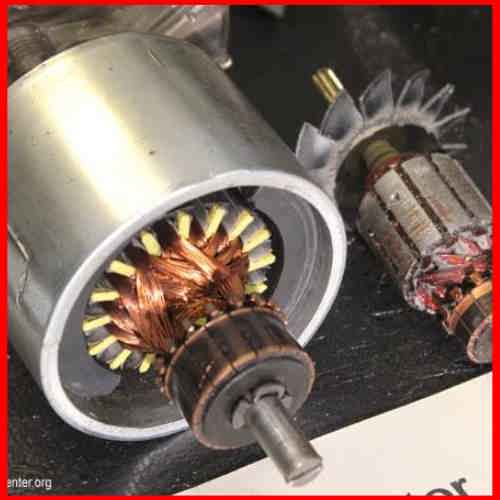Safety Precautions in an Electrical Laboratory

Working in an electrical laboratory requires adherence to strict safety precautions to minimize the risk of electrical hazards and ensure the well-being of personnel. Whether you are involved in electrical testing, circuit design, or any other electrical-related work, following these safety measures is crucial.
Here are some essential safety precautions to consider in an electrical laboratory:
1. Training and Knowledge
Ensure that all personnel working in the electrical laboratory have received appropriate training on electrical safety protocols and procedures. This includes understanding the basics of electricity, electrical circuits, and the use of relevant equipment. Regular refresher courses and updates on safety practices should be provided to keep everyone informed about the latest standards.
2. Personal Protective Equipment (PPE)
Always wear the necessary personal protective equipment to safeguard against potential electrical hazards. This includes:
- a. Safety Glasses: Protect your eyes from potential flying debris, sparks, or electrical arcs.
- b. Insulated Gloves: Use electrical-insulated gloves when working with energized circuits or equipment.
- c. Flame-Resistant Clothing: Wear clothing made of flame-resistant materials to reduce the risk of fire-related injuries.
- d. Non-Conductive Footwear: Use non-conductive shoes with rubber soles to prevent electrical grounding.
- e. Lab Coat: Wear a lab coat to protect your body from chemical splashes and potential electrical hazards.
3. Electrical Equipment and Tools
Proper use and maintenance of electrical equipment and tools are essential for safety. Follow these guidelines:
- a. Inspect Equipment: Regularly inspect electrical equipment for any signs of damage or wear. Do not use faulty or damaged equipment.
- b. Grounding: Ensure that all electrical equipment is properly grounded to prevent electric shock hazards.
- c. Circuit Breakers and Fuses: Use appropriate circuit breakers and fuses to protect against overloading and short circuits.
- d. Lockout/Tagout: Implement lockout/tagout procedures when servicing or repairing electrical equipment to prevent accidental energization.
4. Electrical Circuit Safety
When working with electrical circuits, consider the following precautions:
- a. De-energize Before Working: Always de-energize electrical circuits before performing any maintenance or repairs.
- b. Lockout/Tagout: Follow proper lockout/tagout procedures to isolate electrical circuits from the power source during maintenance activities.
- c. Voltage Testing: Use appropriate voltage testers to verify that circuits are de-energized before working on them.
- d. One-Handed Technique: Use the one-handed technique when necessary, keeping one hand behind your back, to minimize the risk of electric shock.
5. Fire Safety
Electrical laboratories are at risk of fire hazards. Take these fire safety precautions:
- a. Fire Extinguishers: Have suitable fire extinguishers readily available and ensure they are regularly inspected and maintained.
- b. Fire Blankets: Keep fire blankets accessible to smother small electrical fires.
- c. Clear Pathways: Maintain clear pathways and exits in the laboratory to allow for easy evacuation in case of fire emergencies.
- d. Electrical Load Limits: Do not overload electrical circuits or use extension cords beyond their capacity to avoid overheating and fire risks.
6. Emergency Preparedness
Be prepared for emergencies by:
- a. Emergency Shutdown:
- Familiarize yourself with the location and operation of emergency shutdown switches and procedures.
- b. First Aid Kits: Keep well-stocked first aid kits readily available and ensure laboratory personnel are trained in basic first aid procedures.
- c. Emergency Contacts: Display emergency contact numbers, including local emergency services and medical facilities, in visible locations.
Remember, safety should always be the top priority in an electrical laboratory. By implementing these safety precautions, you can create a secure working environment for everyone involved in electrical-related activities.
 No products in the cart.
No products in the cart.